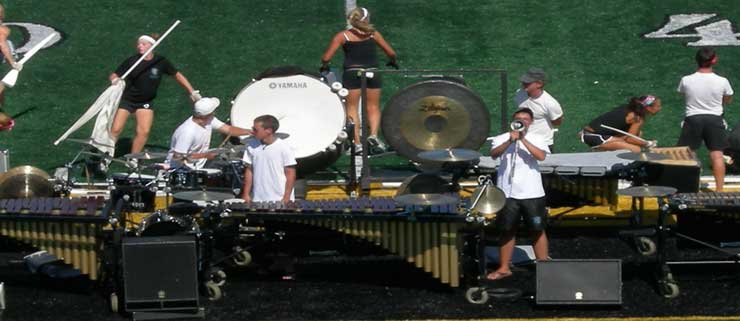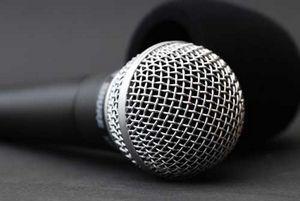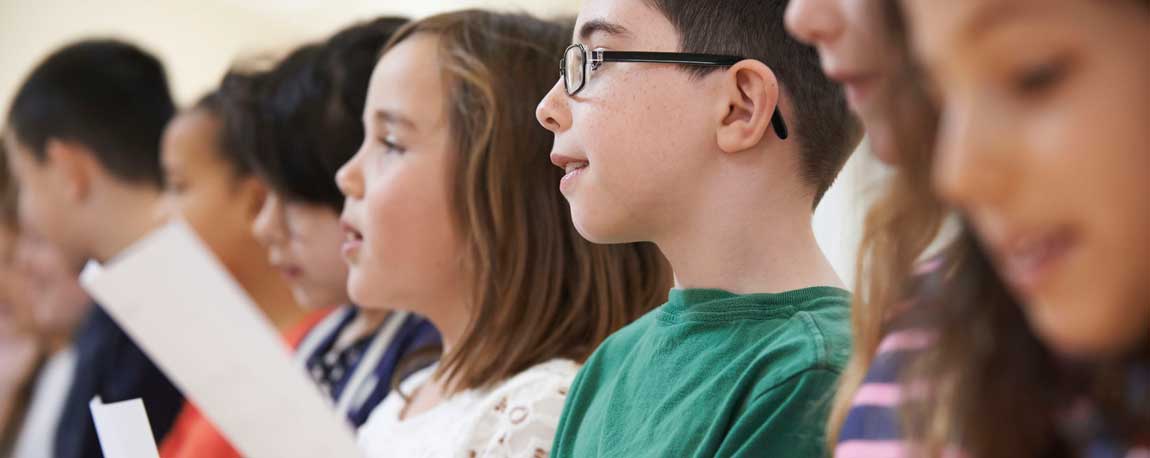I am pleased to be a part of Music Empowers and writing this first column. My fascination for the inner workings of the brain goes back to a memoir I read as a child entitled "Death Be Not Proud" (John Gunther; published 1949). Like most boys, I did not like reading. But this true story about Gunther's son's struggle and eventual demise from a brain tumor really captivated me on many levels. One was the multitude of unanswered questions it raised about the brain. No doubt, all of us in the Foundation share this curiosity. We also believe that a solid music education is critical for our children's personal & intellectual growth.
But what transpires inside the brain (and which areas are affected) during music education? How does this early stimulation & nurturing translate into better scholastic performance? These relatively simple questions continue to be the focus of intense research efforts by developmental neurobiologists.
So let's start our first column with the 30,000 foot and cellular perspectives. Research strongly suggests that music education causes the simultaneous and continuous stimulation of many brain regions. New connections ("wiring") between brain cells are formed. Through ongoing music education, the wiring also benefits students in other academic domains.
Which areas of the brain are "recruited" during music education? The short answer is all major regions. Let's review how the brain is organized and how each region is engaged during music education.

Generally speaking, the frontal lobes are involved in "higher thinking and processing," and fine motor movements. Memory is centered in the temporal lobes. Hearing is controlled in temporal and parietal lobes. Parietal lobes also control somatic inputs (e.g. touch, pressure, pain) from motor muscles. Vision is controlled in the occipital lobes.
From an evolutionary perspective, the cerebellum and brain stem are the oldest brain regions. The frontal lobes are the newest. The cerebellum is critical for movement coordination. The brain stem is an important relay station between brain regions. As you can appreciate from these functions, music education causes the simultaneous and continuous stimulation of all of major brain regions. Imagine the complexity of the circuitry.
Remember that each brain region also has other specialized subsystems, which via different connections perform a wide assortment of functions. The wiring between brain cells is highly regulated and can change over time. This ability of brain cells to form new connections is referred to as plasticity.
Moving down to the cellular level, all brain regions are built around 2 cell types: Nerve cells (or neurons) and glial cells. There are about 100 billion neurons in the average brain, each a microprocessor. Each neuron needs to process signals it has either sent or received from thousands of other neurons through specialized extensions call dendrites and axons. Some of the axonal extensions can be as long as 3 feet. There are different types of neurons varying in shape, size, function and location. Imagine the complexity of the neurons.
Neurobiologists discovered long ago that communication between neurons is based on action potentials. Action potentials are electric signals (spikes) characterized by differences in distribution of electrically charged ions across the outer layers or cell membranes of neurons. Electric signals must propagate at rapid fire speed during music education and other brain activities.
Let's not forget the second cell type. Glial cells outnumber neurons by 10 to 50-fold. Unlike neurons, glial cells do not generate action potentials or have specialized extensions called axons and dendrites. They play a supportive role to neurons but are no less important. For example, one type of glial cell produces the "insulation" that surrounds many of the axonal extensions of neurons. Without this myelin sheath, electric signals could not propagate at breakneck speeds.

Let's put together this new information and follow what happens in the brains of our children when they practice an orchestral piece during music period: The occipital, parietal and temporal lobes are engaged when the visual system focuses on the musical score and their instruments begin generating sound. The concentration the students must maintain throughout the piece causes the frontal lobes to be engaged. The students draw on the memory banks in their temporal lobes to remember where each note is played on their instruments. Constant communication between brain regions produces the fine motor skills from the frontal lobes that ensure each musical note is correctly played. Some of this coordination causes engagement of the cerebellum and brain stem. Imagine the complexity…
I hope you enjoyed my first column. If you have any feedback or suggestions for future articles, please let me know. See you next month.
This article is the first in a series written by Christopher Veirek, PhD, and being presented by the Music Empowers Foundation, a non-profit organization that provides financial support to other nonprofits that offer innovative music education programs to communities with limited or nonexistent programs. Read on to view the article or visit the Music Empowers Foundation web site.







 Scroll down to view the comparison chart of over a dozen different portable digital audio recorders.
Scroll down to view the comparison chart of over a dozen different portable digital audio recorders.